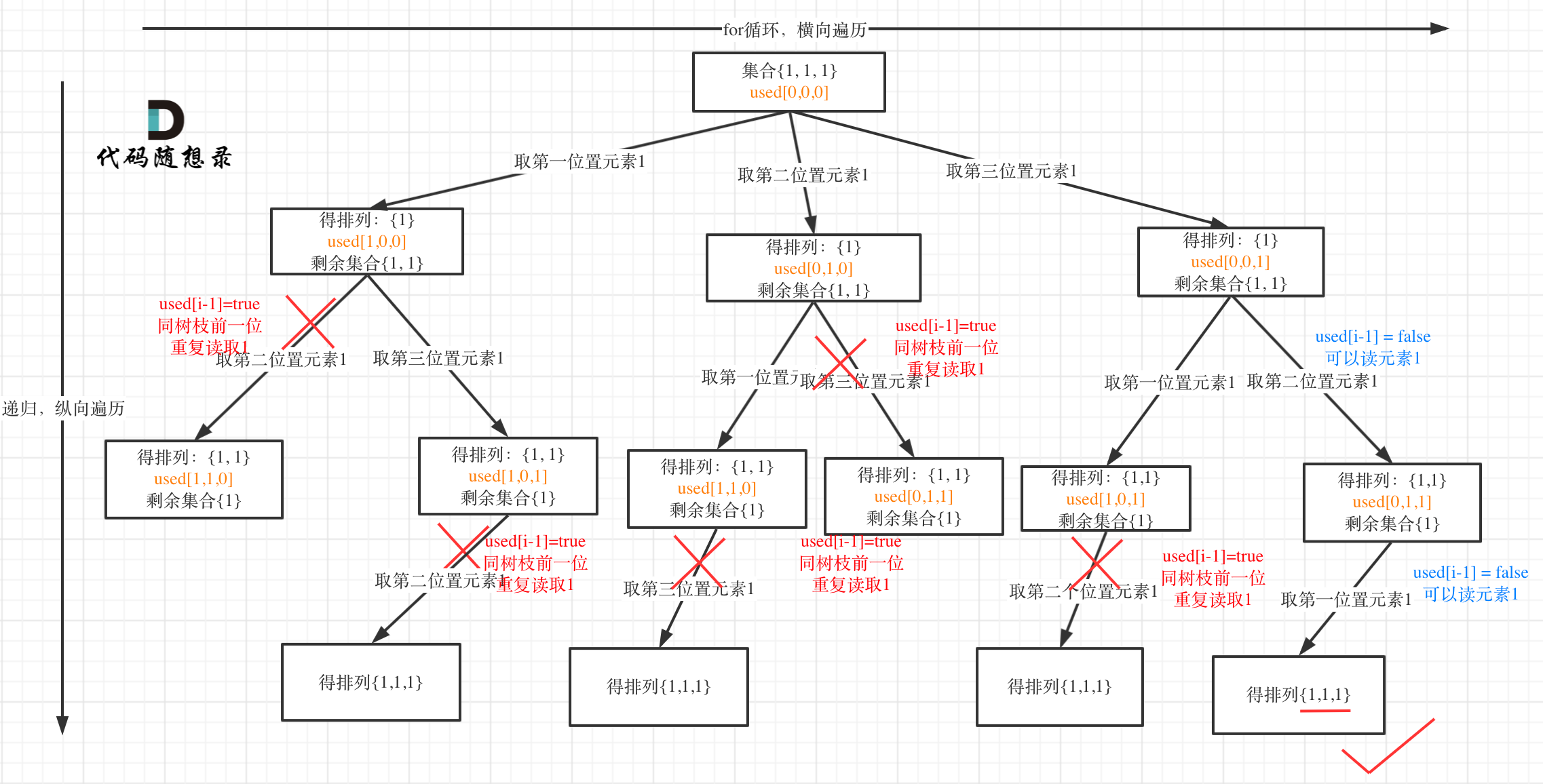代码
#include <algorithm>
#include <cassert>
#include <functional>
#include <map>
#include <memory>
#include <queue>
#include <set>
#include <unordered_set>
#include <vector>
namespace jc {
template <typename K, typename V>
struct DAGNode {
K k;
V v;
std::set<DAGNode<K, V>*> in;
std::set<DAGNode<K, V>*> out;
};
template <typename K, typename V>
class DAGGraph {
public:
bool AddEdge(const K& from, const K& to);
V& operator[](const K& key);
bool Exist(const K& key) const;
void Clear();
std::size_t Size() const;
void Walk(std::function<void(const K& k, const V& v)> f,
bool start_from_head = true);
void WalkHeads(std::function<void(const K& k, const V& v)> f);
void WalkTails(std::function<void(const K& k, const V& v)> f);
std::unordered_set<K> NextKeys();
std::unordered_set<K> NextKeys(const K& key);
private:
bool IsCyclic(const DAGNode<K, V>& from, const DAGNode<K, V>& to) const;
void RefreshWalkSequences();
std::vector<std::set<K>> ConnectedComponents() const;
void DFS(const K& k, std::unordered_set<K>* visited,
std::set<K>* connected_components) const;
std::vector<K> TopologicalSequence(const std::set<K>& connected_components,
bool start_from_head) const;
private:
std::map<K, DAGNode<K, V>> bucket_;
std::unordered_set<K> heads_;
std::unordered_set<K> tails_;
std::vector<std::vector<K>> sequences_start_from_head_;
std::vector<std::vector<K>> sequences_start_from_tail_;
private:
bool allow_modify_ = true;
std::vector<std::vector<K>> sequences_start_from_head_for_next_;
std::unordered_set<K> current_heads_for_next_;
};
template <typename K, typename V>
inline bool DAGGraph<K, V>::AddEdge(const K& from, const K& to) {
assert(allow_modify_);
if (from == to || !bucket_.count(from) || !bucket_.count(to) ||
IsCyclic(bucket_.at(from), bucket_.at(to))) {
return false;
}
bucket_.at(from).out.emplace(&bucket_.at(to));
bucket_.at(to).in.emplace(&bucket_.at(from));
heads_.erase(to);
tails_.erase(from);
sequences_start_from_head_.clear();
sequences_start_from_tail_.clear();
return true;
}
template <typename K, typename V>
inline V& DAGGraph<K, V>::operator[](const K& key) {
if (!bucket_.count(key)) {
assert(allow_modify_);
bucket_[key].k = key;
heads_.emplace(key);
tails_.emplace(key);
sequences_start_from_head_.clear();
sequences_start_from_tail_.clear();
}
return bucket_.at(key).v;
}
template <typename K, typename V>
inline bool DAGGraph<K, V>::Exist(const K& key) const {
return bucket_.count(key);
}
template <typename K, typename V>
inline void DAGGraph<K, V>::Clear() {
allow_modify_ = true;
bucket_.clear();
heads_.clear();
tails_.clear();
sequences_start_from_head_.clear();
sequences_start_from_tail_.clear();
}
template <typename K, typename V>
inline std::size_t DAGGraph<K, V>::Size() const {
return bucket_.size();
}
template <typename K, typename V>
inline void DAGGraph<K, V>::Walk(std::function<void(const K& k, const V& v)> f,
bool start_from_head) {
if (sequences_start_from_head_.empty()) {
RefreshWalkSequences();
}
const std::vector<std::vector<K>>& seqs_to_walk =
start_from_head ? sequences_start_from_head_ : sequences_start_from_tail_;
for (const std::vector<K>& seq : seqs_to_walk) {
std::for_each(std::begin(seq), std::end(seq), [&](const K& key) {
const DAGNode<K, V>& node = bucket_.at(key);
f(node.k, node.v);
});
}
}
template <typename K, typename V>
inline void DAGGraph<K, V>::WalkHeads(
std::function<void(const K& k, const V& v)> f) {
if (sequences_start_from_head_.empty()) {
RefreshWalkSequences();
}
for (const std::vector<K>& seq : sequences_start_from_head_) {
std::for_each(std::begin(seq), std::end(seq), [&](const K& key) {
if (heads_.count(key)) {
const DAGNode<K, V>& node = bucket_.at(key);
f(node.k, node.v);
}
});
}
}
template <typename K, typename V>
inline void DAGGraph<K, V>::WalkTails(
std::function<void(const K& k, const V& v)> f) {
if (sequences_start_from_head_.empty()) {
RefreshWalkSequences();
}
for (const std::vector<K>& seq : sequences_start_from_tail_) {
std::for_each(std::begin(seq), std::end(seq), [&](const K& key) {
if (tails_.count(key)) {
const DAGNode<K, V>& node = bucket_.at(key);
f(node.k, node.v);
}
});
}
}
template <typename K, typename V>
inline std::unordered_set<K> DAGGraph<K, V>::NextKeys() {
assert(allow_modify_); // allowed call once unless Clear()
allow_modify_ = false;
current_heads_for_next_ = heads_;
if (sequences_start_from_head_.empty()) {
RefreshWalkSequences();
}
return heads_;
}
template <typename K, typename V>
inline std::unordered_set<K> DAGGraph<K, V>::NextKeys(const K& key) {
assert(!allow_modify_); // must call NextKeys() before
assert(current_heads_for_next_.count(key));
current_heads_for_next_.erase(key);
std::unordered_set<K> res;
for (std::vector<K>& seq : sequences_start_from_head_for_next_) {
auto it = std::find(begin(seq), std::end(seq), key);
if (it == std::end(seq)) {
continue;
}
seq.erase(it);
const std::set<DAGNode<K, V>*>& nodes = bucket_.at(key).out;
for (DAGNode<K, V>* v : nodes) {
const std::set<DAGNode<K, V>*>& prev_nodes = v->in;
bool no_prev_node_in_seq =
std::all_of(std::begin(prev_nodes), std::end(prev_nodes),
[&](DAGNode<K, V>* in_node) {
return std::find(std::begin(seq), std::end(seq),
in_node->k) == std::end(seq);
});
if (no_prev_node_in_seq) {
current_heads_for_next_.emplace(v->k);
res.emplace(v->k);
}
}
break;
}
return res;
}
template <typename K, typename V>
inline bool DAGGraph<K, V>::IsCyclic(const DAGNode<K, V>& from,
const DAGNode<K, V>& to) const {
std::queue<DAGNode<K, V>*> q;
for (DAGNode<K, V>* v : from.in) {
q.emplace(v);
}
std::unordered_set<DAGNode<K, V>*> visited;
while (!q.empty()) {
DAGNode<K, V>* node = q.front();
q.pop();
if (visited.count(node)) {
continue;
}
if (node == &to) {
return true;
}
visited.emplace(node);
for (DAGNode<K, V>* v : node->in) {
q.emplace(v);
}
}
return false;
}
template <typename K, typename V>
inline void DAGGraph<K, V>::RefreshWalkSequences() {
sequences_start_from_head_.clear();
sequences_start_from_tail_.clear();
const std::vector<std::set<K>> connected_components = ConnectedComponents();
for (const std::set<K>& x : connected_components) {
const std::vector<K> seq_from_head = TopologicalSequence(x, true);
const std::vector<K> seq_from_tail = TopologicalSequence(x, false);
assert(!seq_from_head.empty());
assert(!seq_from_tail.empty());
sequences_start_from_head_.emplace_back(seq_from_head);
sequences_start_from_tail_.emplace_back(seq_from_tail);
}
sequences_start_from_head_for_next_ = sequences_start_from_head_;
}
template <typename K, typename V>
inline std::vector<std::set<K>> DAGGraph<K, V>::ConnectedComponents() const {
std::vector<std::set<K>> res;
std::unordered_set<K> visited;
for (auto& x : bucket_) {
std::set<K> tmp;
DFS(x.second.k, &visited, &tmp);
if (!tmp.empty()) {
res.emplace_back(tmp);
}
}
std::sort(std::begin(res), std::end(res),
[&](const std::set<K>& lhs, const std::set<K>& rhs) {
return lhs.size() < rhs.size();
});
return res;
}
template <typename K, typename V>
inline void DAGGraph<K, V>::DFS(const K& k, std::unordered_set<K>* visited,
std::set<K>* connected_components) const {
if (visited->count(k)) {
return;
}
visited->emplace(k);
connected_components->emplace(k);
if (!bucket_.at(k).in.empty()) {
for (DAGNode<K, V>* v : bucket_.at(k).in) {
DFS(v->k, visited, connected_components);
}
}
if (!bucket_.at(k).out.empty()) {
for (DAGNode<K, V>* v : bucket_.at(k).out) {
DFS(v->k, visited, connected_components);
}
}
}
template <typename K, typename V>
inline std::vector<K> DAGGraph<K, V>::TopologicalSequence(
const std::set<K>& connected_components, bool start_from_head) const {
std::map<K, std::vector<K>> adjacency_list;
std::map<K, int32_t> in_degree;
for (const K& key : connected_components) {
if (!in_degree.count(key)) {
in_degree.emplace(key, 0);
}
const std::set<DAGNode<K, V>*>& nodes =
start_from_head ? bucket_.at(key).out : bucket_.at(key).in;
for (DAGNode<K, V>* v : nodes) {
adjacency_list[key].emplace_back(v->k);
++in_degree[v->k];
}
}
std::queue<K> q;
for (auto& x : in_degree) {
if (x.second == 0) {
q.emplace(x.first);
}
}
std::vector<K> res;
while (!q.empty()) {
const K key = q.front();
q.pop();
res.emplace_back(key);
for (const K& k : adjacency_list[key]) {
if (--in_degree.at(k) == 0) {
q.emplace(k);
}
}
}
assert(res.size() == connected_components.size()); // graph is DAG
return res;
}
} // namespace jc
namespace jc::test {
class MockPipelineEngine {
public:
void Start() {}
void Stop() {}
void Destroy() {}
};
void test() {
DAGGraph<int, std::unique_ptr<MockPipelineEngine>> d;
// Make Direct Acyclic Graph:
// 0 6 11 13
// / \ | |
// 1 3 7 8 12
// | x | \ /
// 2 4 9
// \ / |
// 5 10
// Traverse each child graph in order whose size smaller
// Start Order:
// 13
// 6 -> 7
// 8 -> 11 -> 12 -> 9 -> 10
// 0 -> 1 -> 3 -> 2 -> 4 -> 5
// Stop Order:
// 13
// 7 -> 6
// 10 -> 9 -> 8 -> 12 -> 11
// 5 -> 2 -> 4 -> 1 -> 3 -> 0
constexpr int nodes_count = 14;
for (int i = 0; i < nodes_count; ++i) {
d[i].reset(new MockPipelineEngine);
}
assert(d.AddEdge(0, 1));
assert(d.AddEdge(0, 3));
assert(d.AddEdge(1, 2));
assert(d.AddEdge(3, 4));
assert(d.AddEdge(1, 4));
assert(d.AddEdge(3, 2));
assert(d.AddEdge(2, 5));
assert(d.AddEdge(4, 5));
assert(d.AddEdge(6, 7));
assert(d.AddEdge(8, 9));
assert(d.AddEdge(9, 10));
assert(d.AddEdge(11, 12));
assert(d.AddEdge(12, 9));
assert(d.Size() == nodes_count);
for (int i = 0; i < nodes_count; ++i) {
assert(d.Exist(i));
}
assert(!d.AddEdge(1, 0));
assert(!d.AddEdge(2, 0));
assert(!d.AddEdge(4, 0));
assert(!d.AddEdge(7, 6));
assert(!d.AddEdge(10, 11));
assert(!d.AddEdge(13, 13));
assert(!d.AddEdge(13, 14));
constexpr bool start_from_head = true;
{
std::vector<int> v;
std::vector<int> start_order{ 13, 6, 7, 8, 11, 12, 9, 10, 0, 1, 3, 2, 4, 5 };
std::vector<int> start_order2{ 13, 6, 7, 8, 11, 12, 9, 10, 0, 3, 1, 4, 2, 5 };
d.Walk(
[&](int key, const std::unique_ptr<MockPipelineEngine>& pipeline) {
pipeline->Start();
v.emplace_back(key);
},
start_from_head);
assert(v == start_order || v == start_order2);
}
{
std::vector<int> v;
std::vector<int> stop_order{ 13, 7, 6, 10, 9, 8, 12, 11, 5, 2, 4, 1, 3, 0 };
std::vector<int> stop_order2{ 13, 7, 6, 10, 9, 12, 8, 11, 5, 2, 4, 1, 3, 0 };
d.Walk(
[&](int key, const std::unique_ptr<MockPipelineEngine>& pipeline) {
pipeline->Stop();
v.emplace_back(key);
},
!start_from_head);
assert(v == stop_order || v == stop_order2
);
}
{
std::vector<int> v;
std::vector<int> heads_order{ 13, 6, 8, 11, 0 };
d.WalkHeads(
[&](int key, const std::unique_ptr<MockPipelineEngine>& pipeline) {
pipeline->Destroy();
v.emplace_back(key);
});
assert(v == heads_order);
}
{
std::vector<int> v;
std::vector<int> tails_order{ 13, 7, 10, 5 };
d.WalkTails(
[&](int key, const std::unique_ptr<MockPipelineEngine>& pipeline) {
pipeline->Destroy();
v.emplace_back(key);
});
assert(v == tails_order);
}
{
std::vector<int> test_sequence{ 13, 6, 7, 0, 1, 3, 4,
2, 5, 8, 11, 12, 9, 10 };
std::unordered_set<int> heads{ 0, 6, 8, 11, 13 };
assert(d.NextKeys() == heads);
std::vector<std::unordered_set<int>> next_keys{
{}, {7}, {}, {1, 3}, {}, {2, 4}, {}, {5}, {}, {}, {12}, {9}, {10}, {},
};
assert(test_sequence.size() == nodes_count);
assert(next_keys.size() == nodes_count);
for (int i = 0; i < nodes_count; ++i) {
assert(d.NextKeys(test_sequence[i]) == next_keys[i]);
}
}
d.Clear();
assert(d.Size() == 0);
for (int i = 0; i < nodes_count; ++i) {
assert(!d.Exist(i));
}
}
} // namespace jc::test
//int main() { jc::test::test(); }效果



















